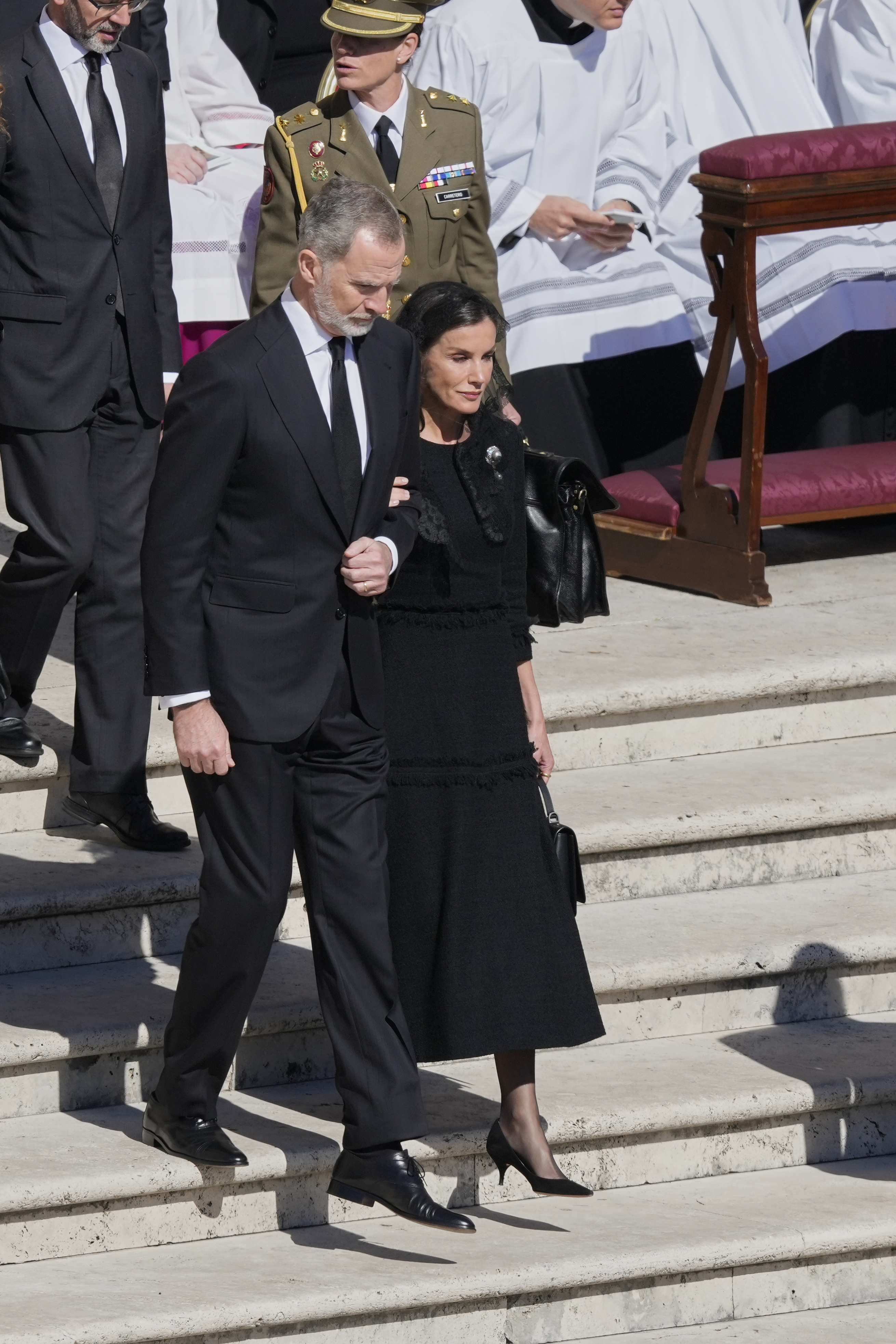Although Pope Francis decided that his remains would not be buried inside St. Peter's in the Vatican, they will rest from now on in territory of the Holy See. It is worth noting that the Basilica of Santa Maria Maggiore in Rome, one of the papal basilicas, enjoys extraterritorial rights, as stipulated in the Lateran Treaty signed in 1929 between the Holy See and the Kingdom of Italy led by Victor Emmanuel III, even though the country was under the fascist boot of Mussolini.
Santa Maria Maggiore, the temple so beloved by the recently deceased Pontiff, has been intimately linked to the Spanish Monarchy since the time of the first of our kings from the House of Austria, Charles I, who ruled in the 16th century - although even before, the Catholic Monarchs financially contributed to the embellishment of the place. Consecrated to the Virgin Mary and considered the first church dedicated to her in the West, it became a bridge between Roman faith and the Spanish Crown. These were times when the Eternal City was the center of spiritual power in Christendom, and the Spanish Monarchy acted as the great defender of Catholicism. This led to a very powerful alliance between the Papacy and the Crown of these lands, at a time when schisms within the Church weakened it.
A century later, on October 7, 1647, Pope Innocent X, upon a request from King Philip IV, established through the apostolic constitution Sacri Apostolatus the so-called Pious Work of Santa Maria Maggiore. It was an agreement by which, in exchange for an annual income to the basilica's chapter, prayers and liturgical acts had to be held in honor of the Spanish Crown. Since then, successive Spanish monarchs have become benefactors of the temple, contributing to restoration and improvement works, and so on. A statue of Philip IV designed by Gian Lorenzo Bernini stands out in the atrium of a place visited by tourists and Catholic faithful alike.
King Juan Carlos I visited the basilica with Queen Sofia for the last time in 2018, recalling their current connection with Spain reaffirmed in 1953 through the Bull Hispaniarum Fidelitas by Pius XII. After the signing of the Concordat with the Holy See, it was agreed that all Spanish kings would be honorary protocanons of the Liberian Chapter of the Basilica of Santa Maria Maggiore. During that 2018 trip to Rome, the Emeritus Kings presided over the inauguration of the new lighting of the Basilica, taken over by Enel, along with its restoration, after the Endesa Foundation signed an agreement with the Governorate of the Vatican City State.
It is noteworthy that the Emeritus King remains an honorary protocanon of the Basilica, a title he accepted on a trip to the Eternal City in 1977, over a year after his proclamation as Head of State. "Today, I assume the dignity of protocanon of this Holy Liberian Basilica, which as King of Spain corresponds to me," said Don Juan Carlos in his solemn acceptance speech.
Currently, the Crown's current holder, King Felipe VI, has not taken the step to accept the appointment, despite being on the Throne since 2014. It is actually unknown whether our Monarch will continue with the centuries-old tradition. Because in this "Renewed Monarchy for a New Time," there are giant steps being taken to secularize the institution.
What is clear is that the title of Their Catholic Majesties held by King Felipe and Queen Letizia, an extraordinary honor dating back to the times of Charles V, is increasingly devoid of real content.
